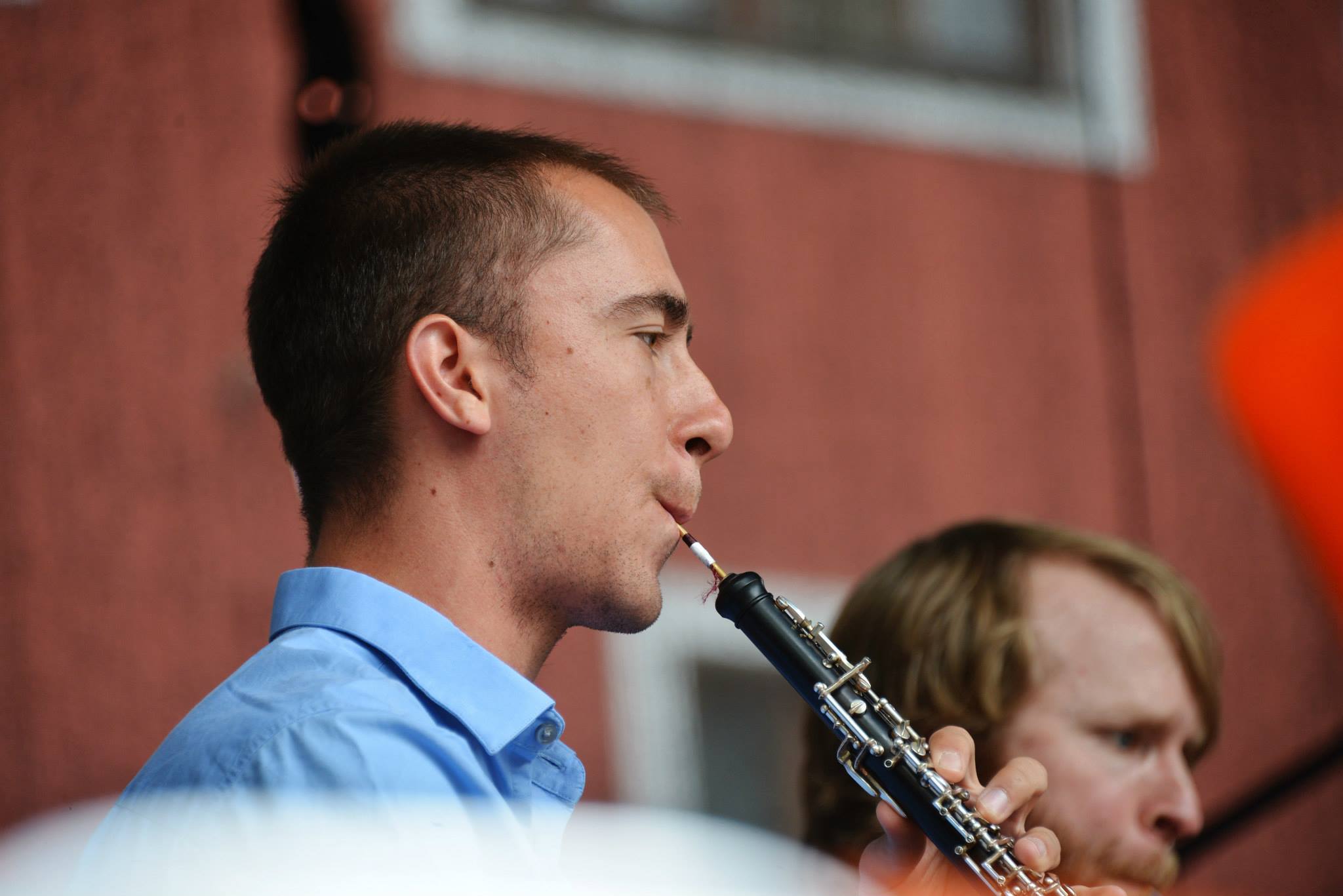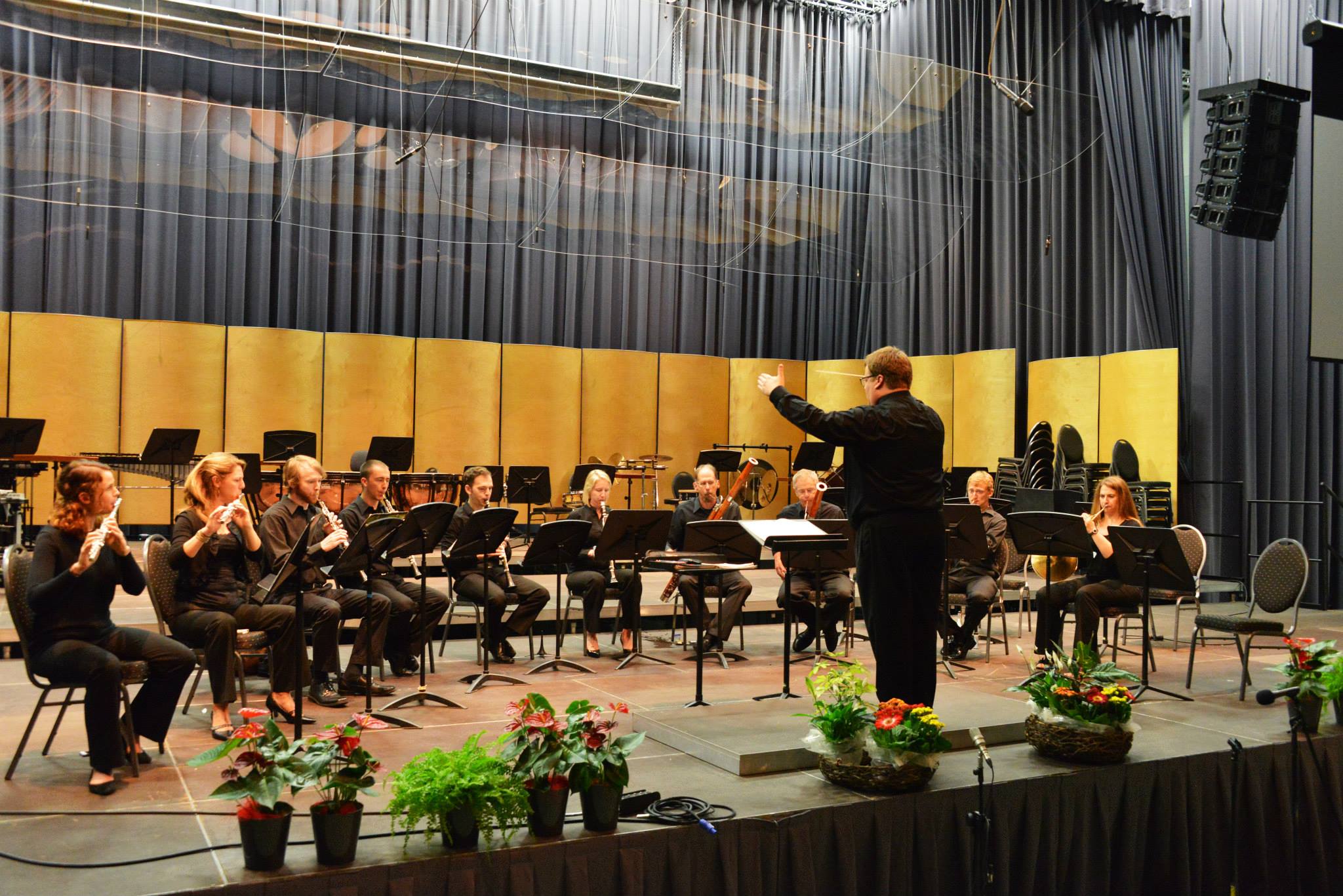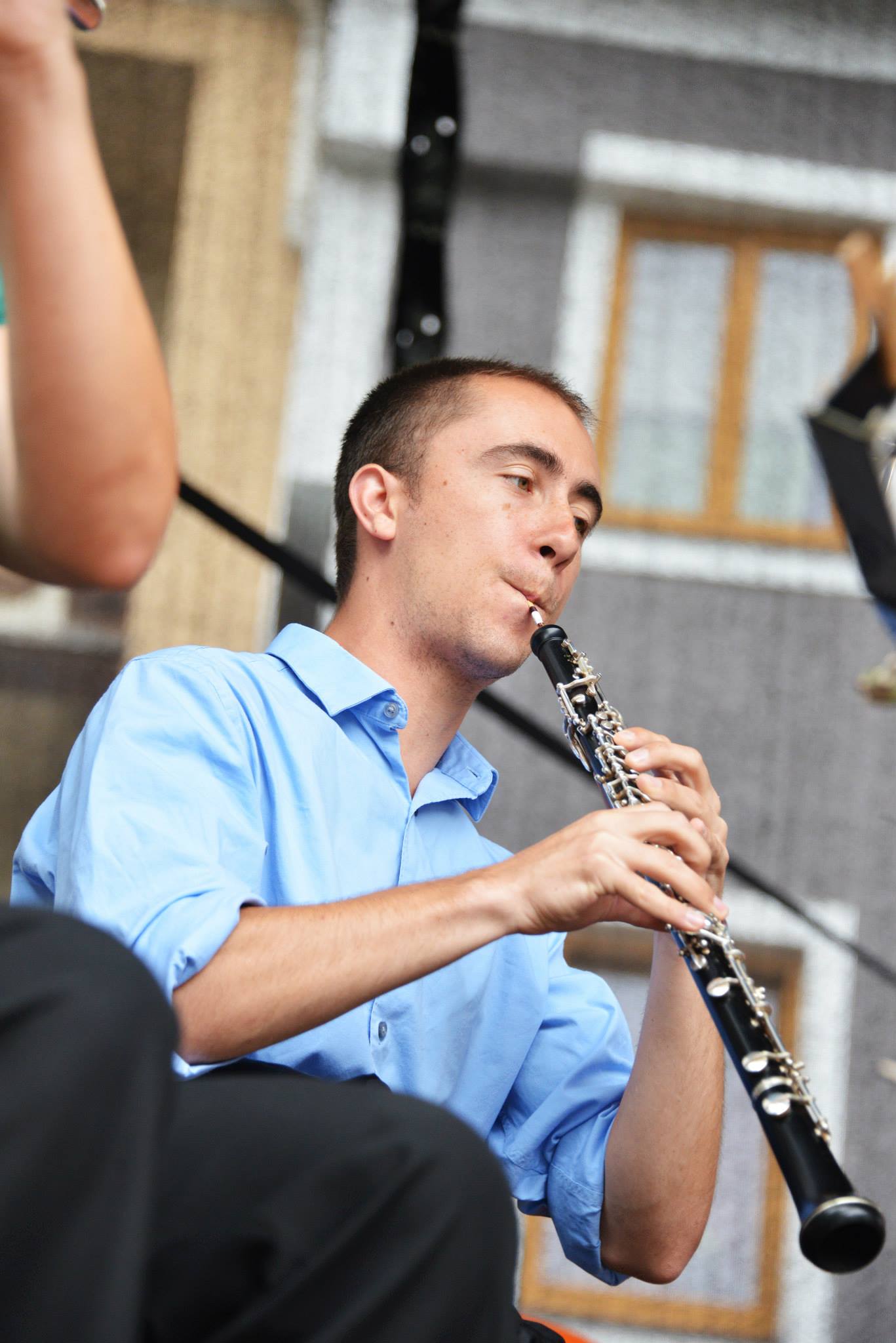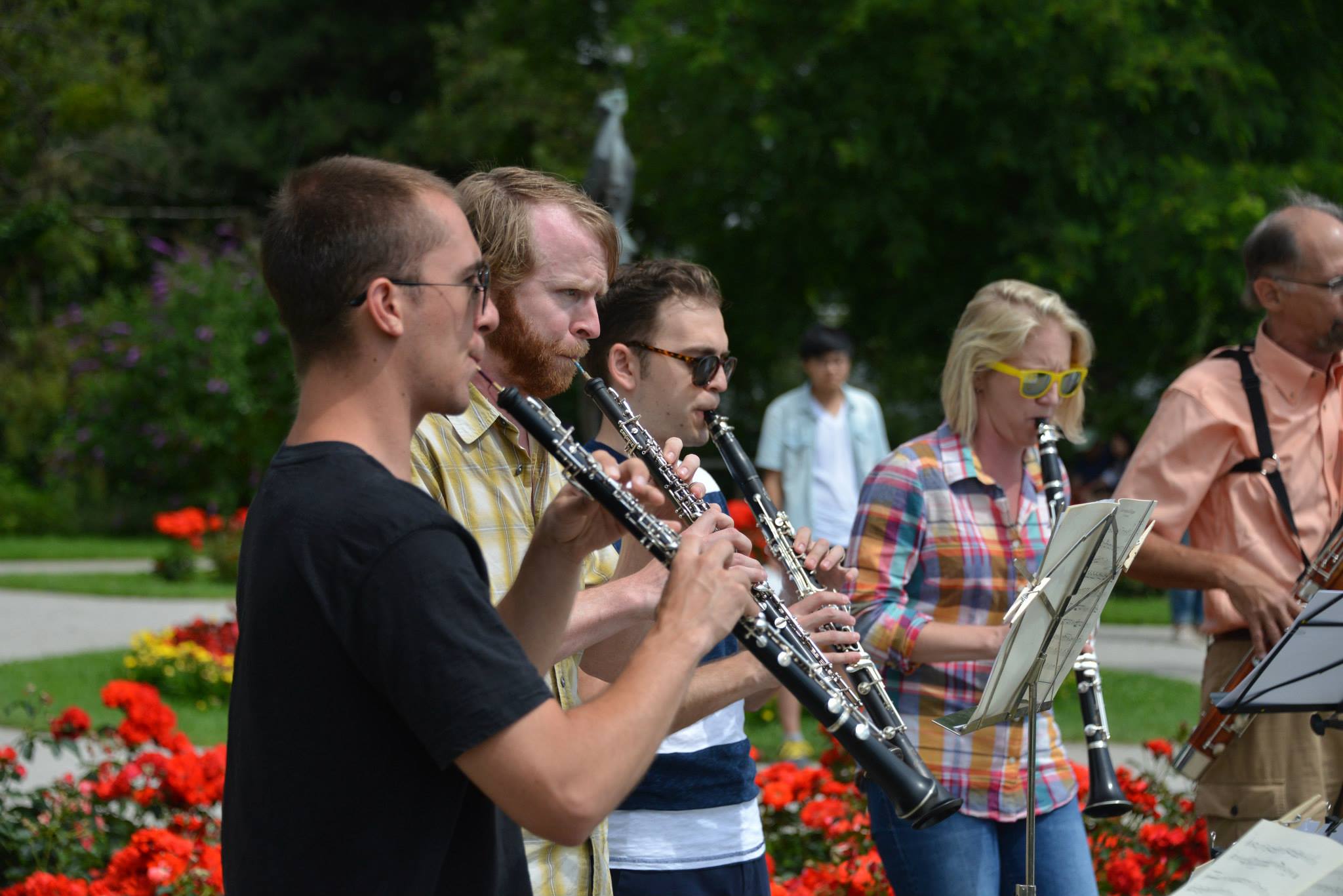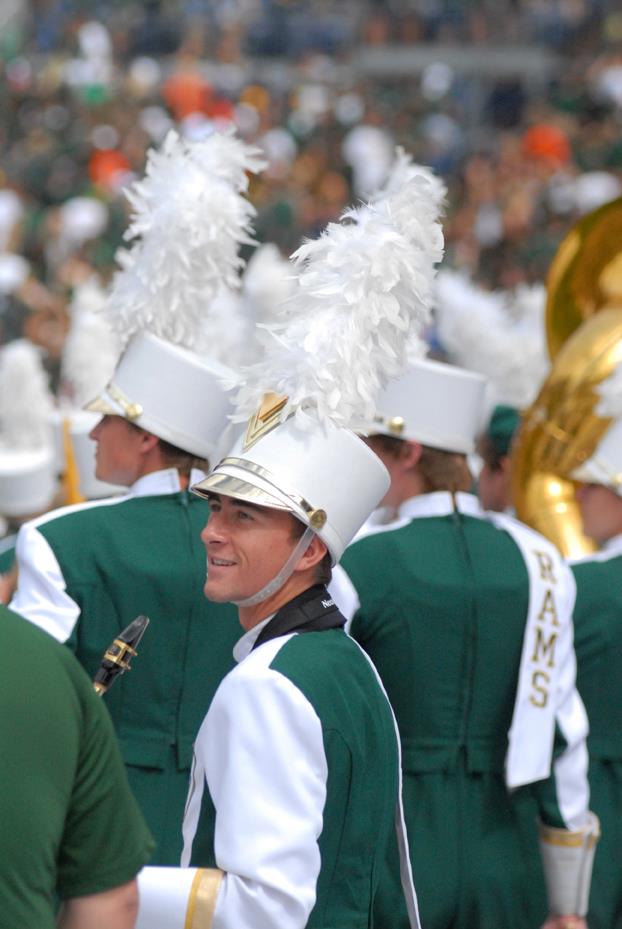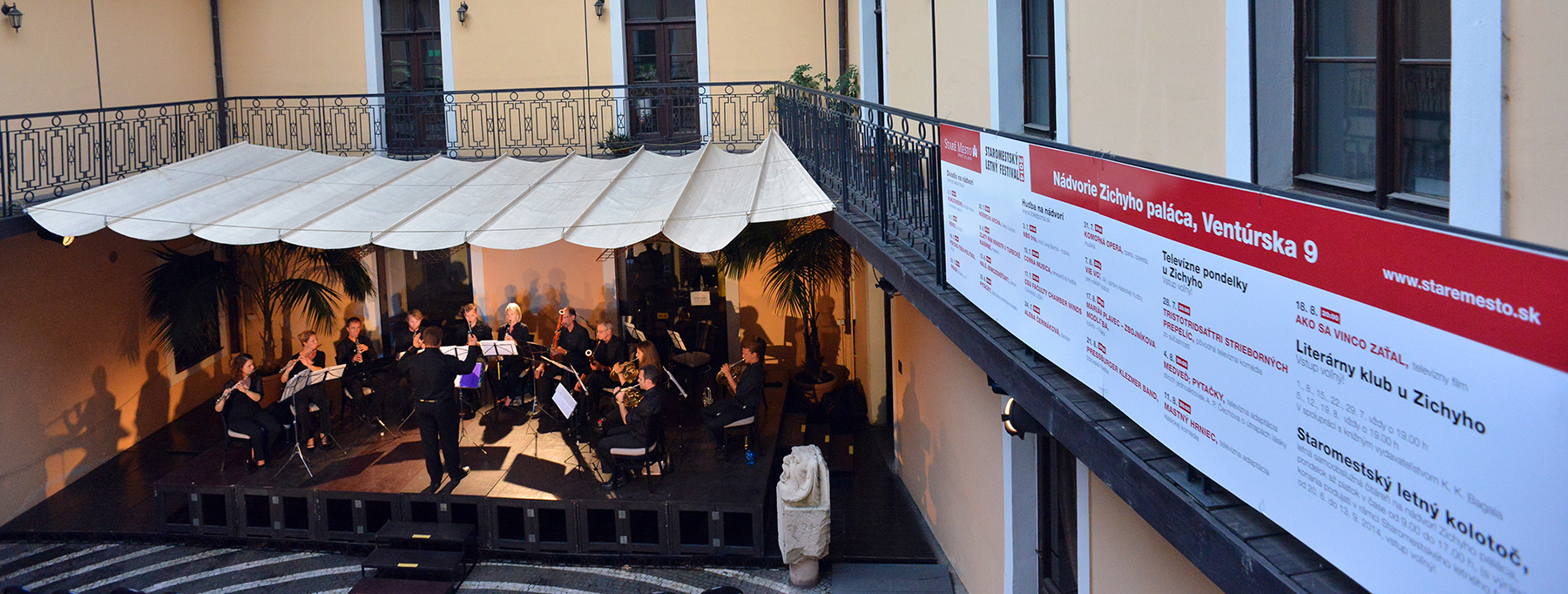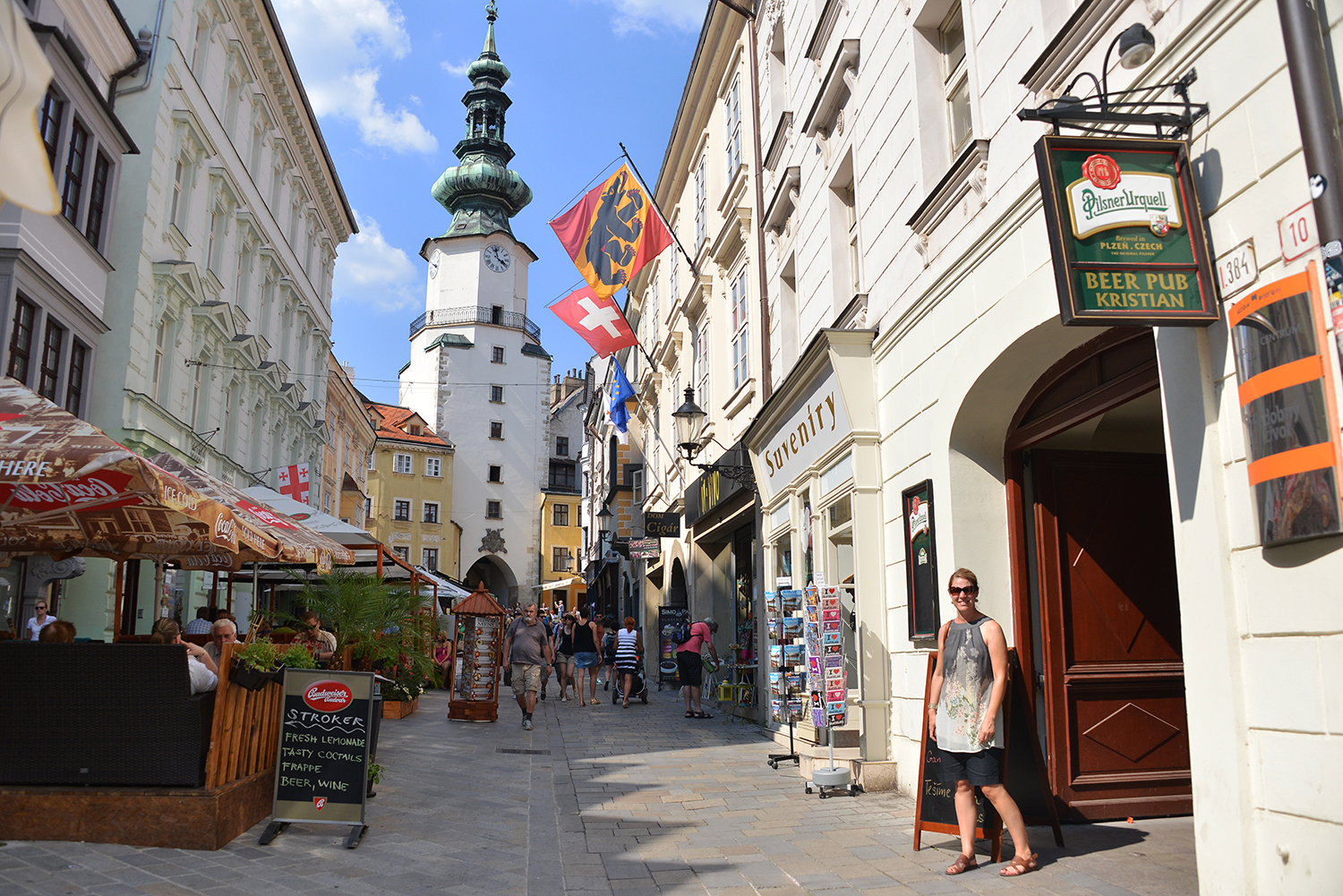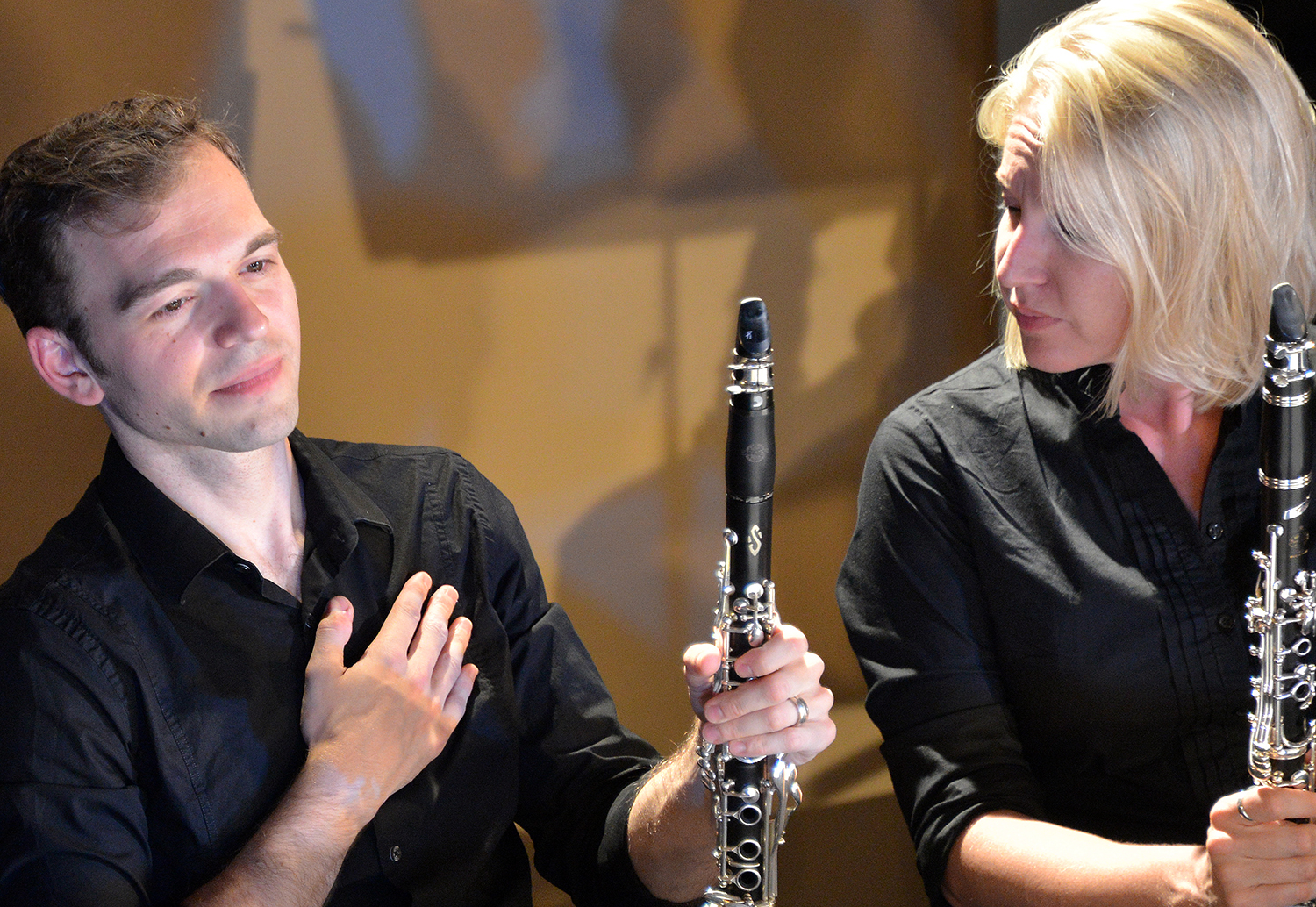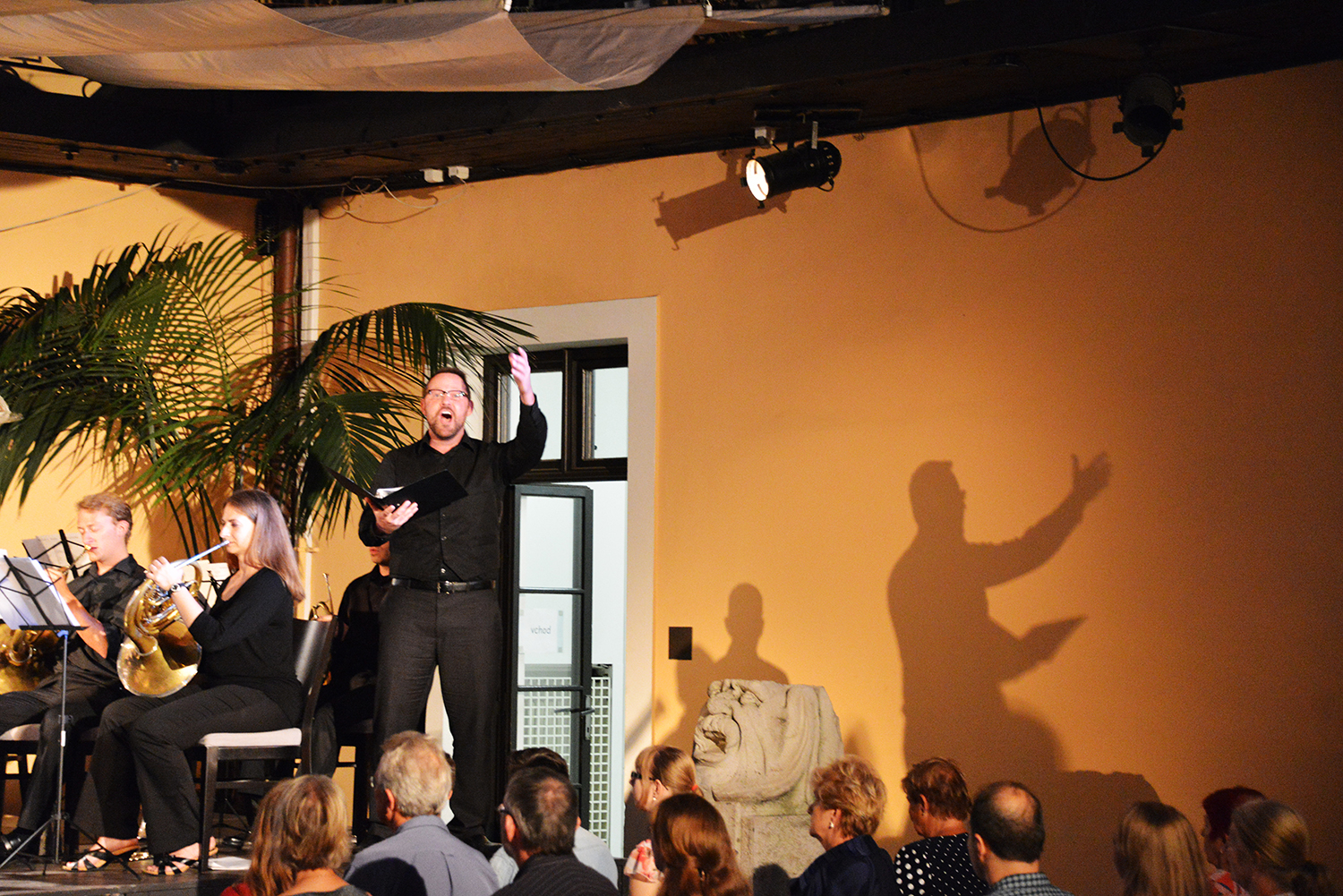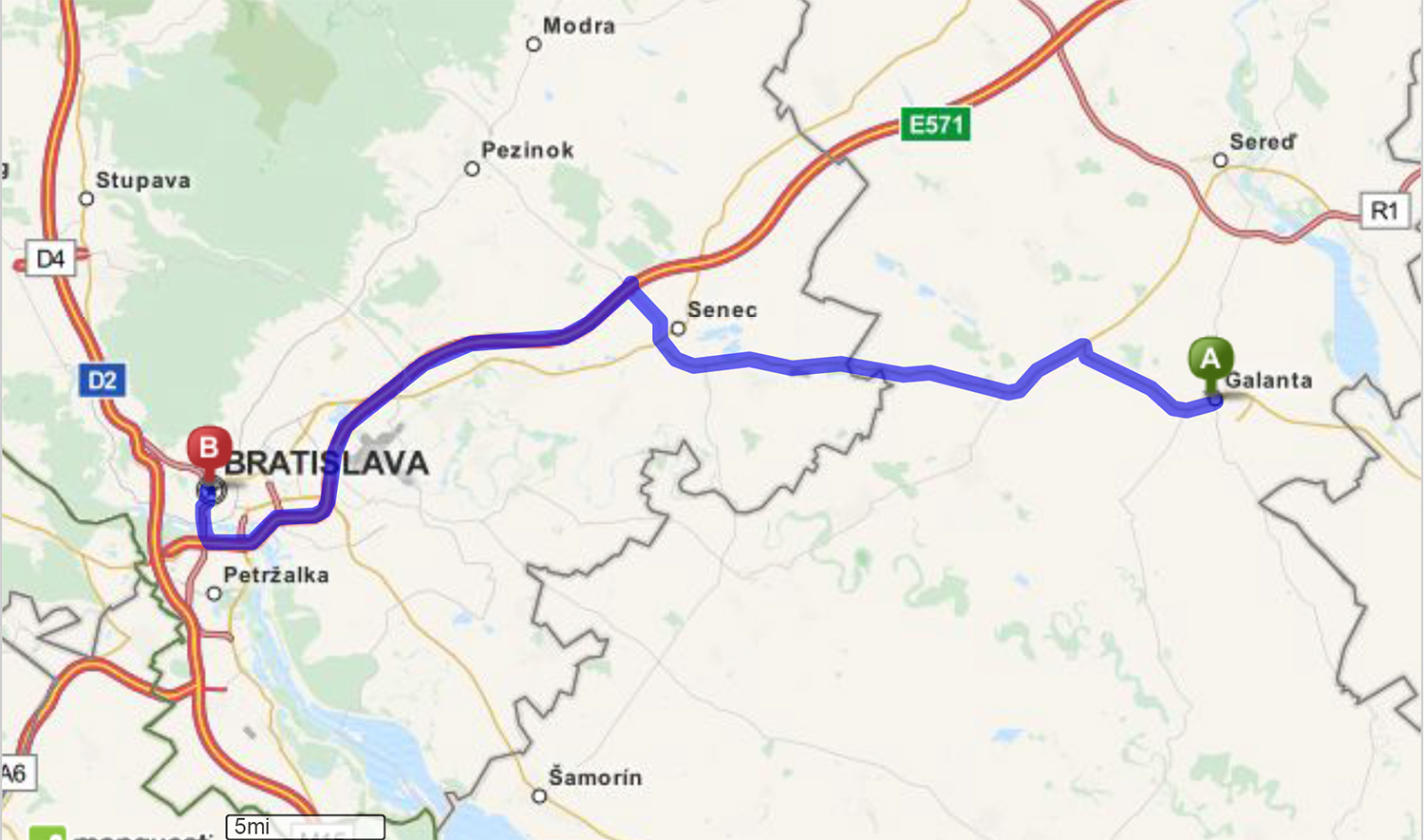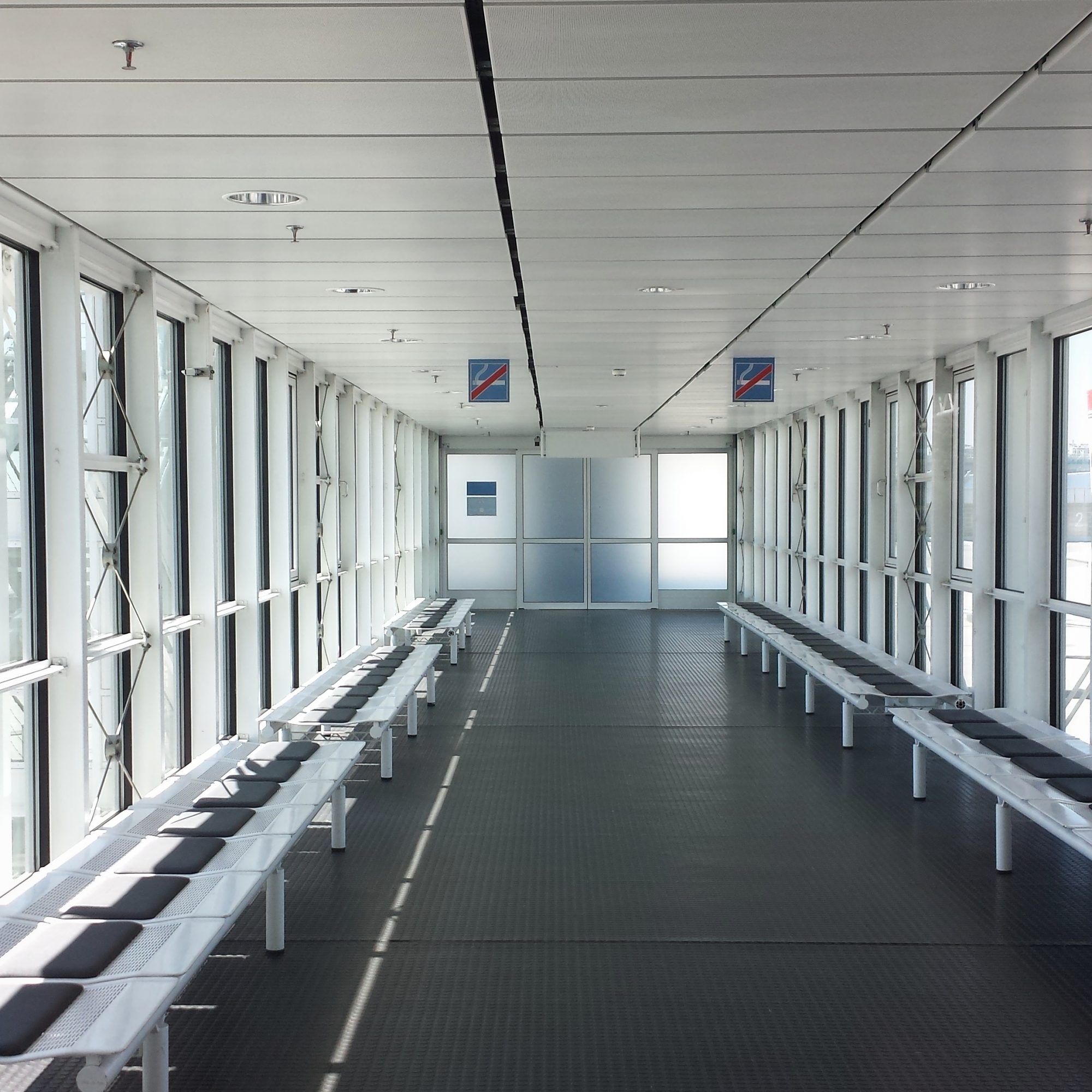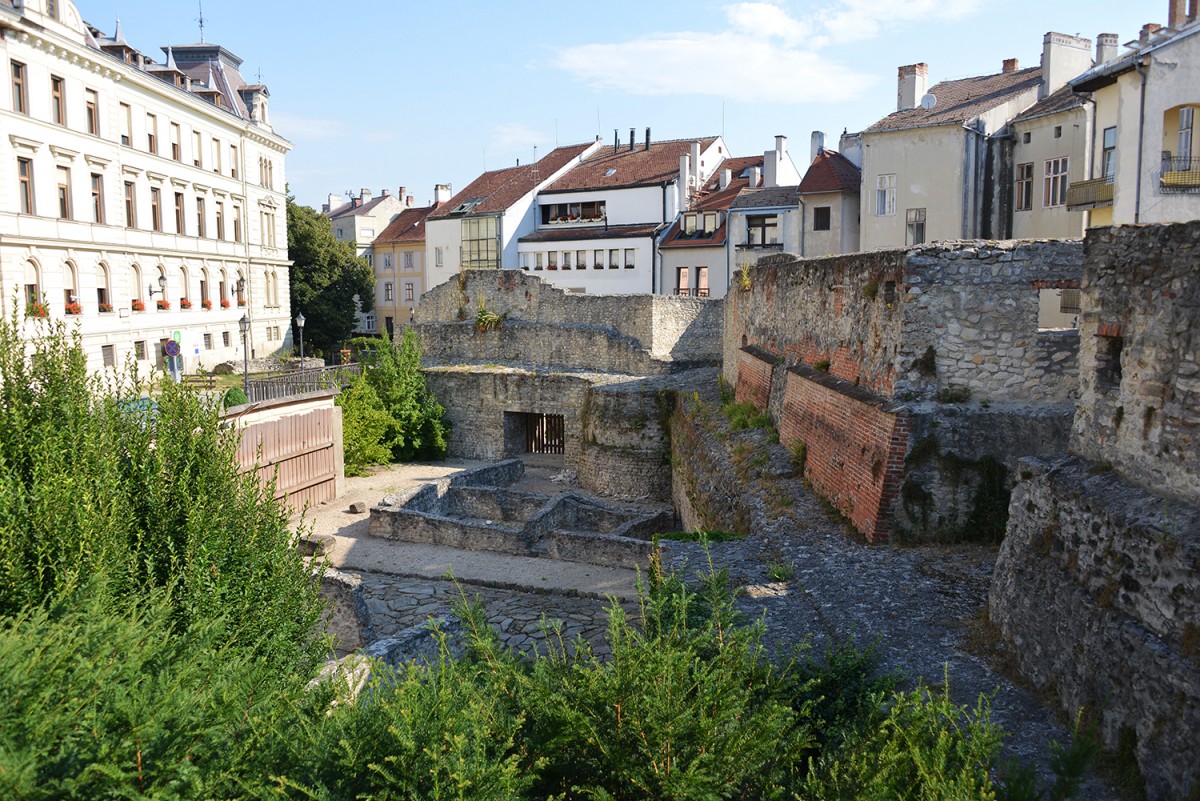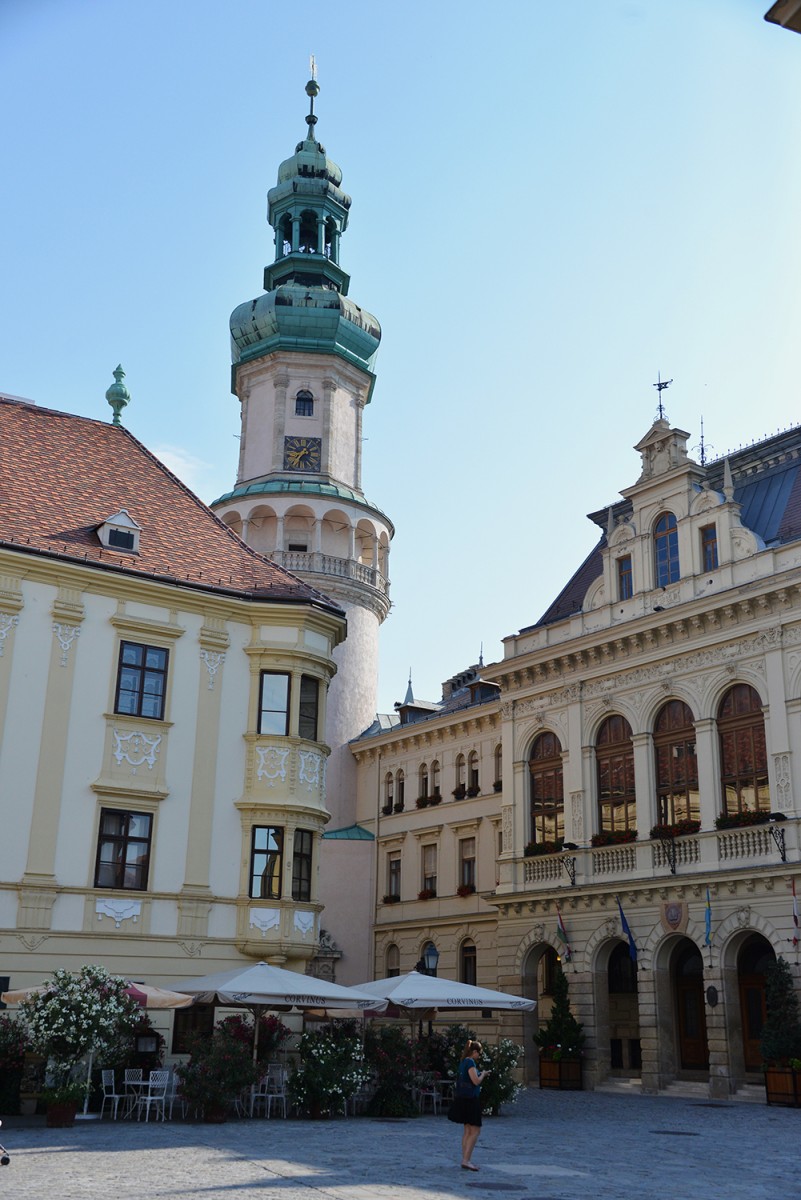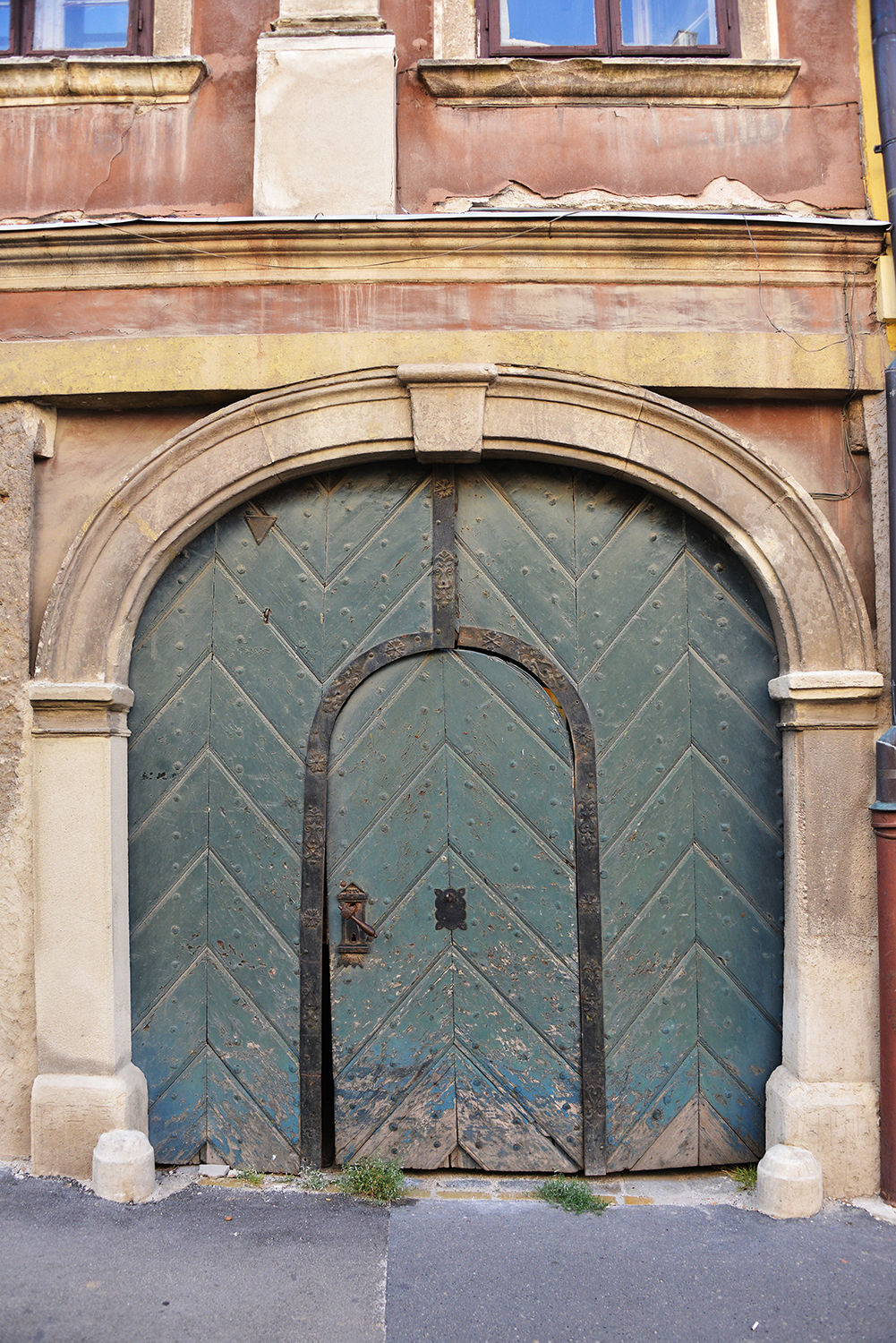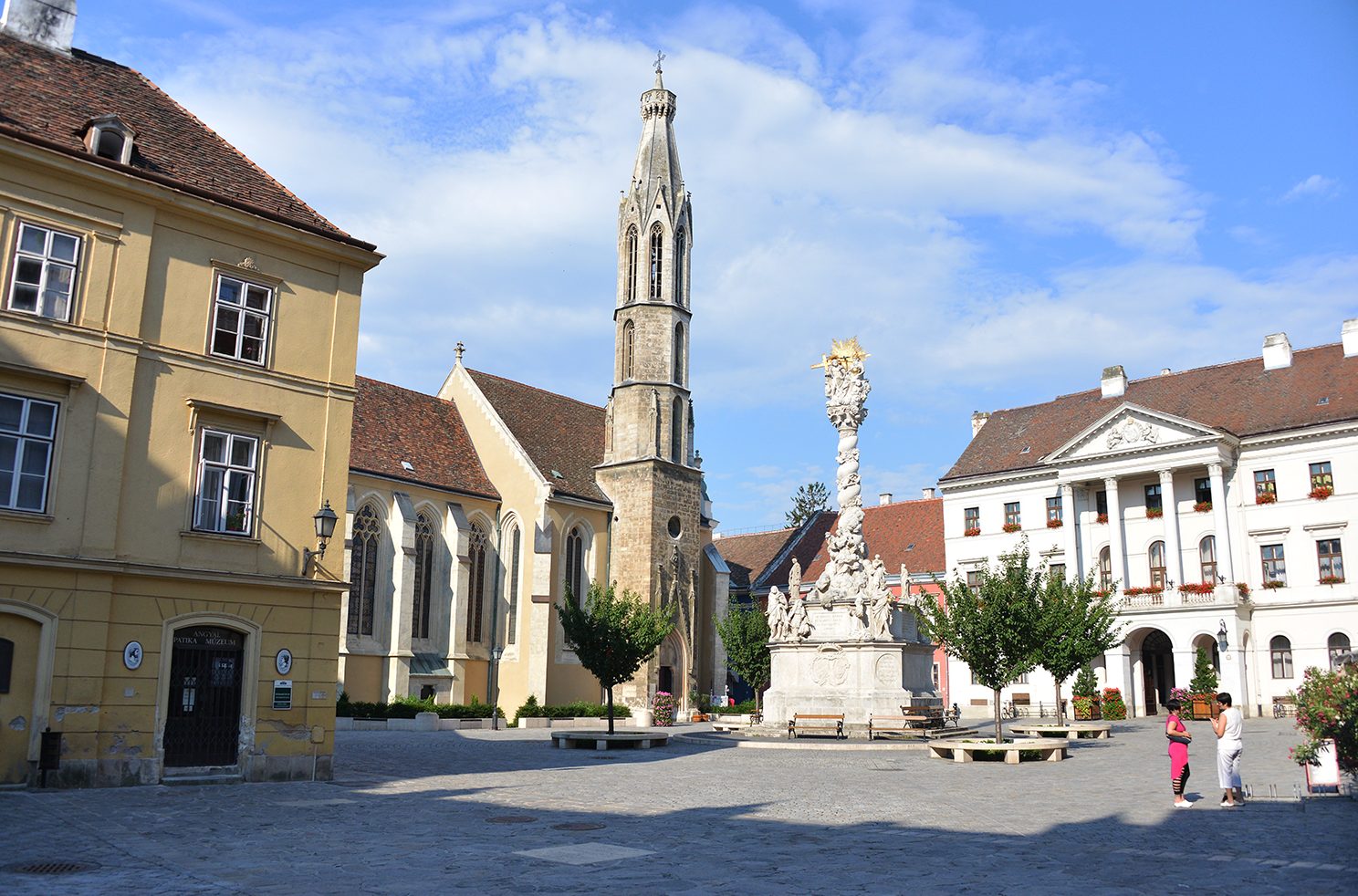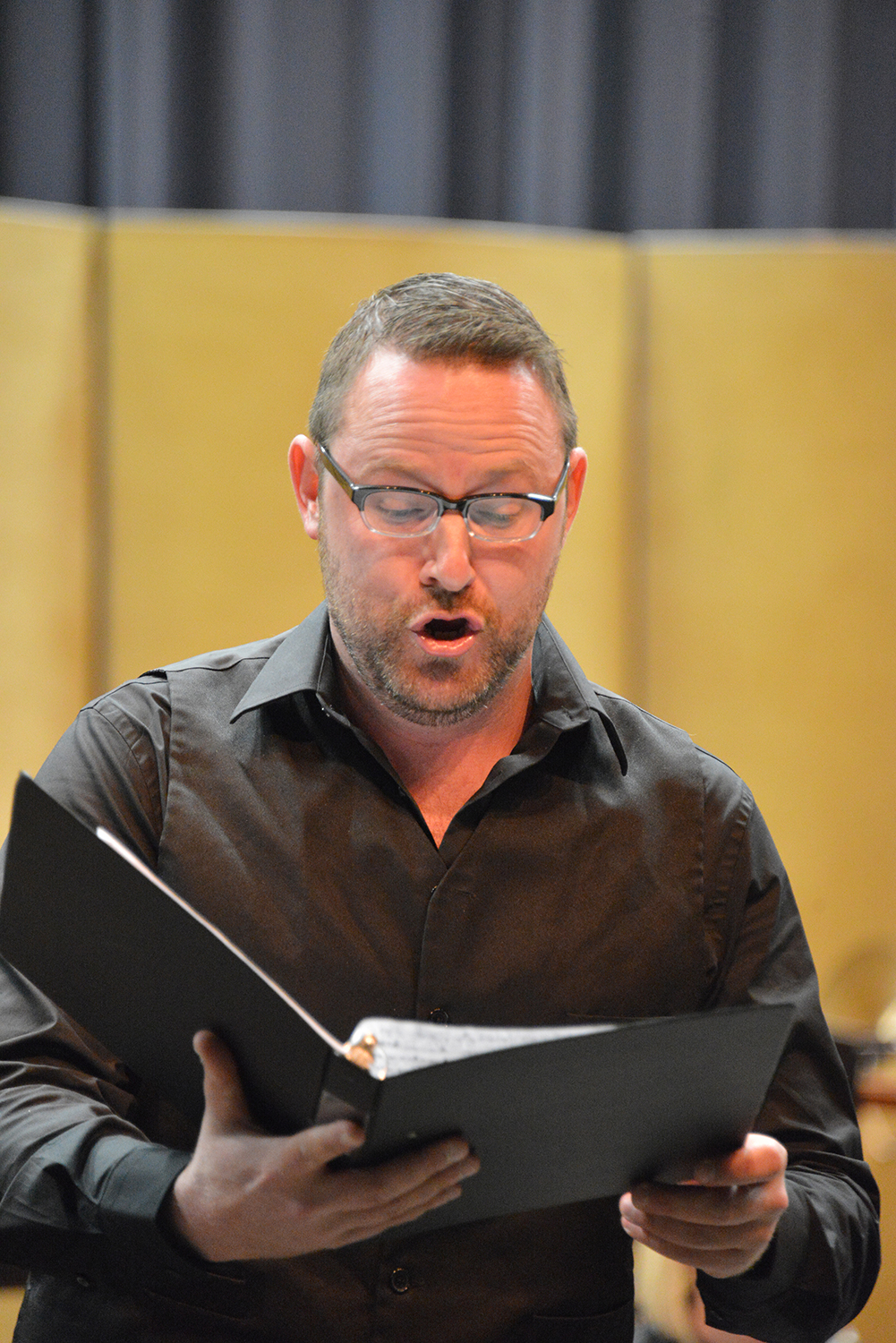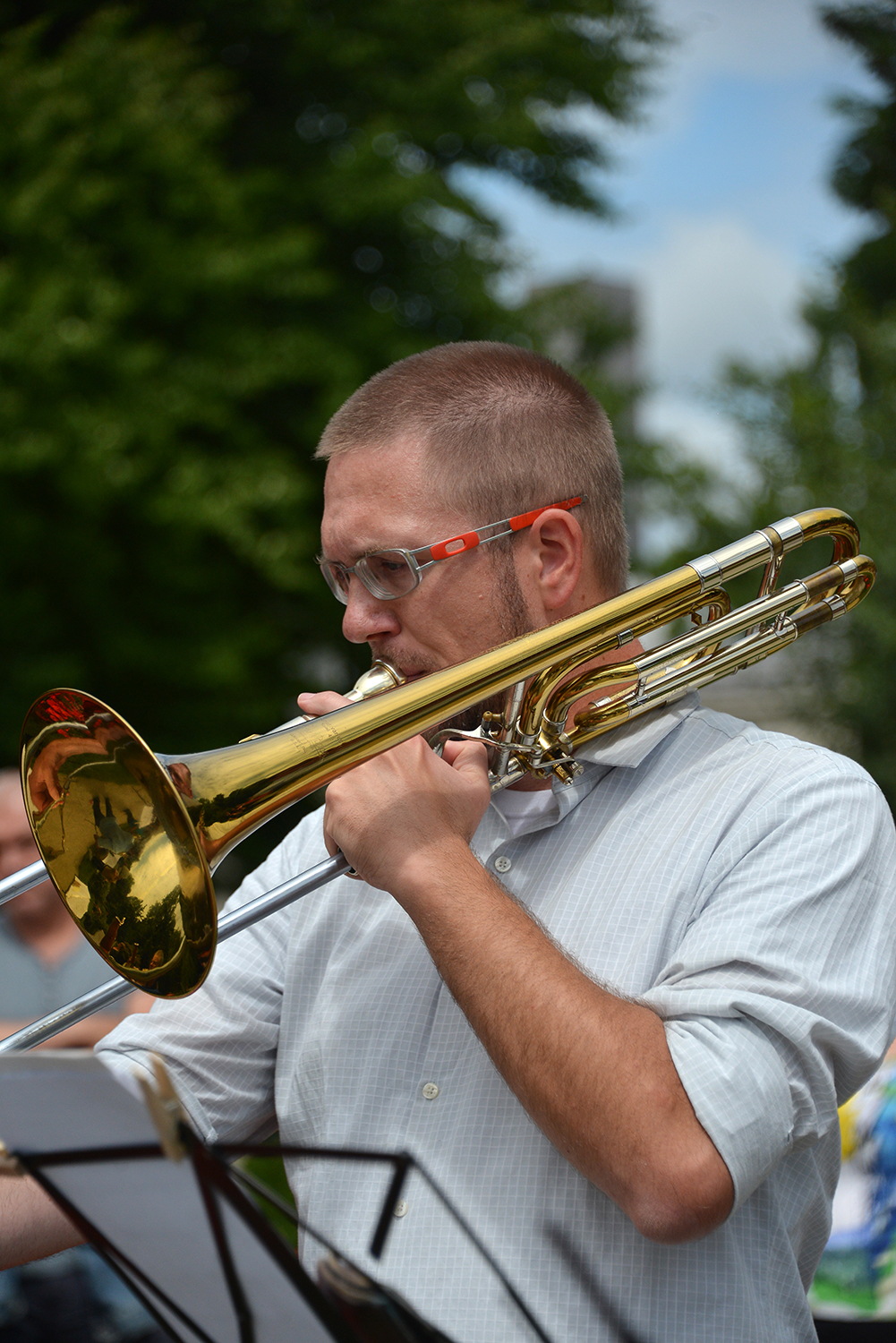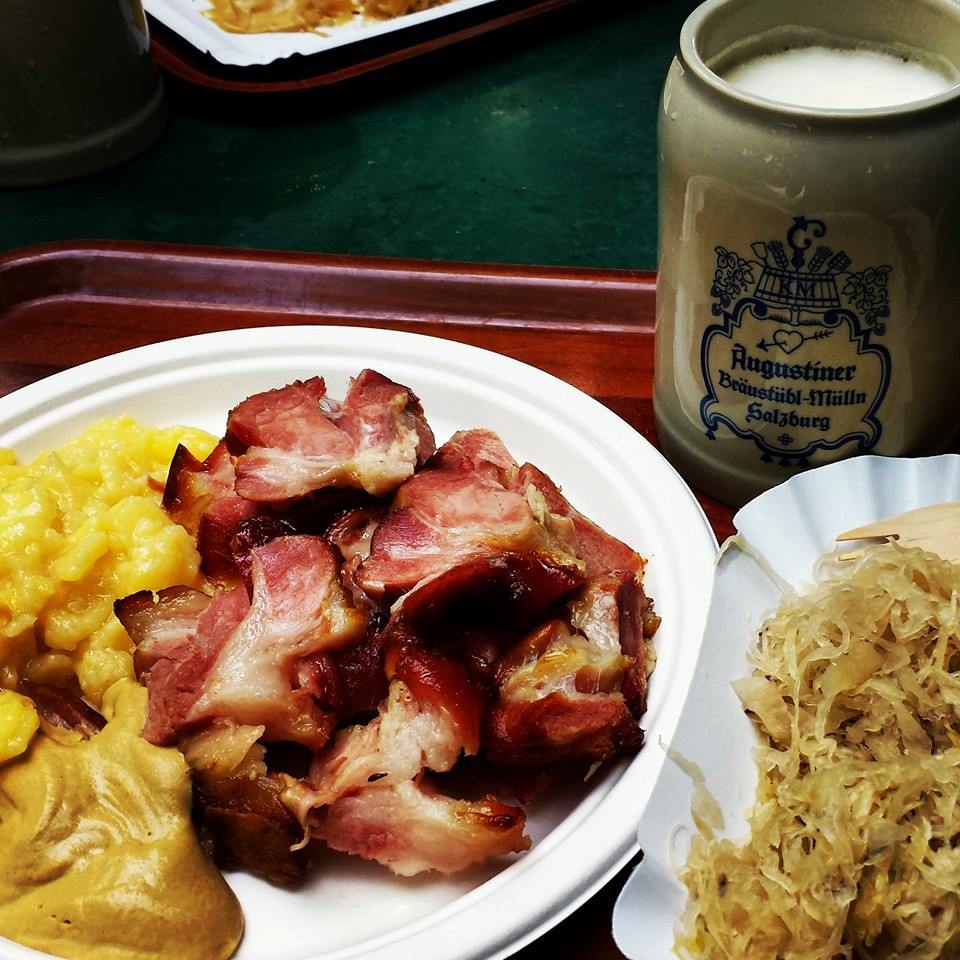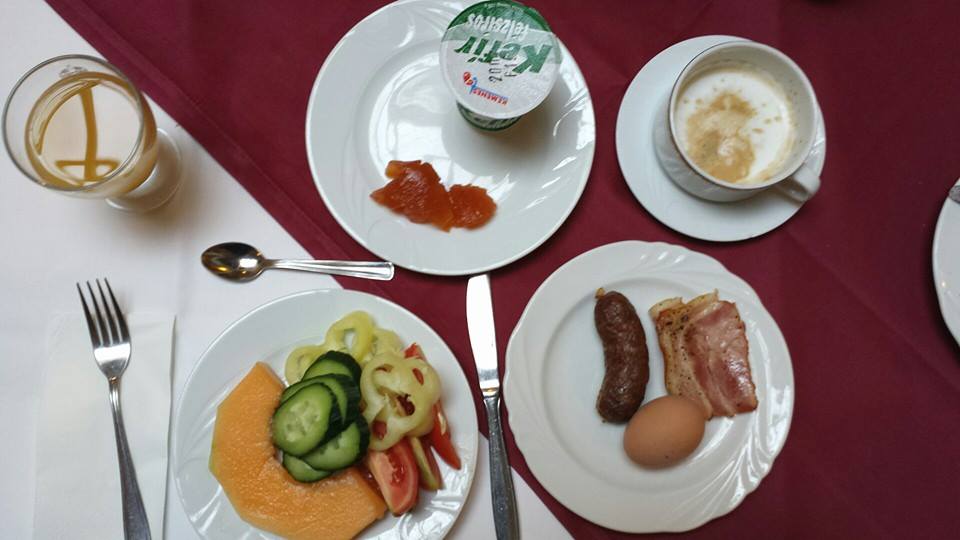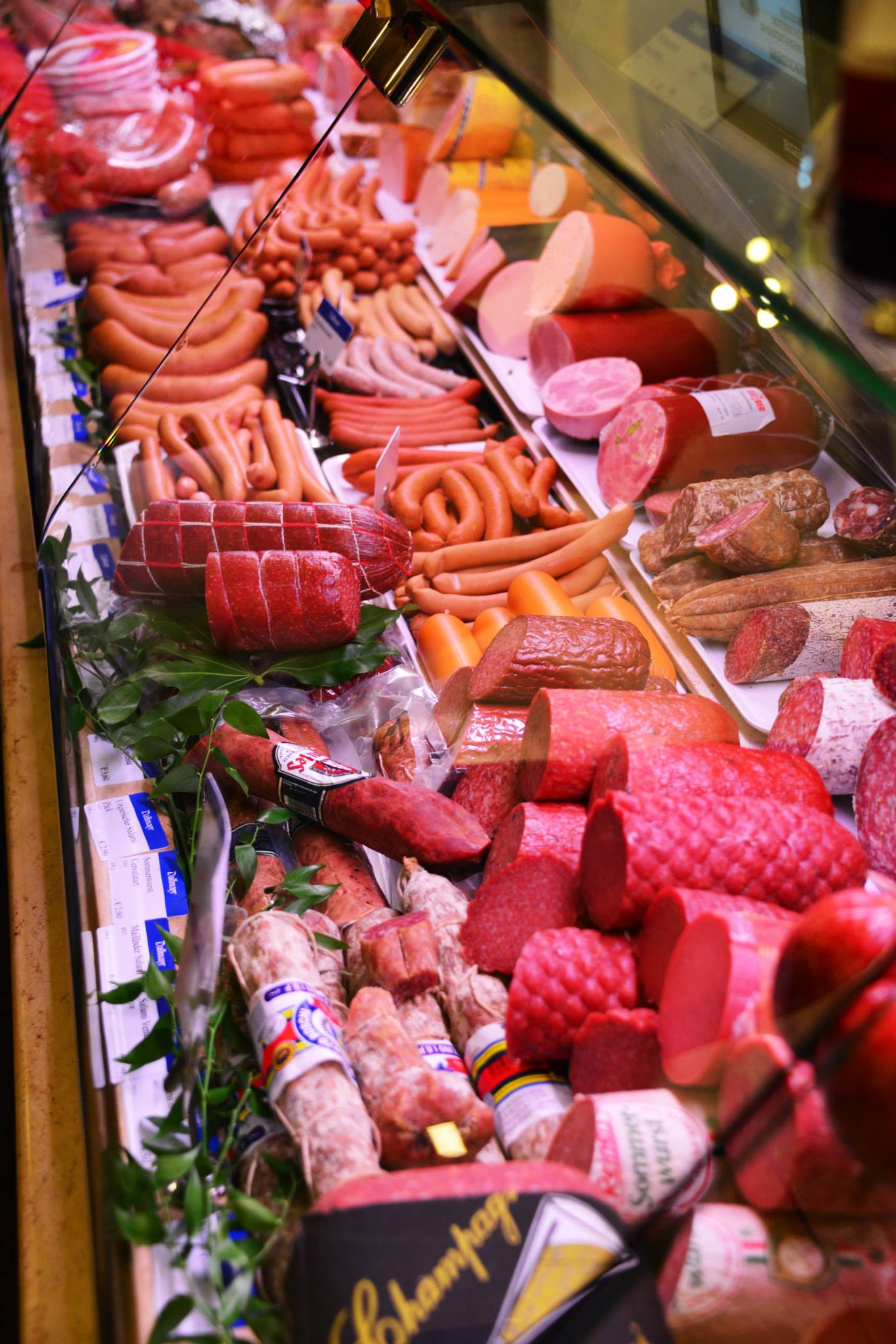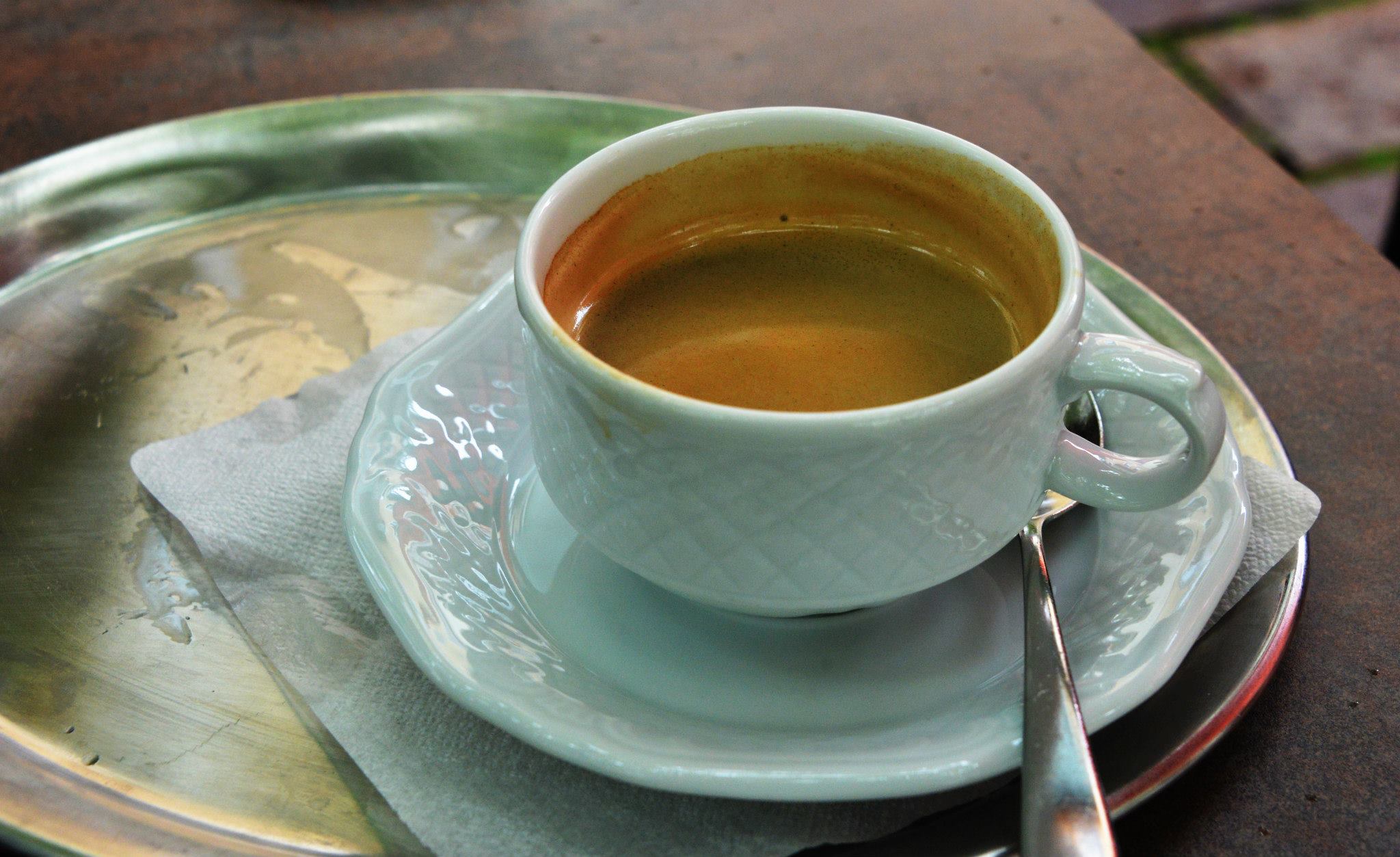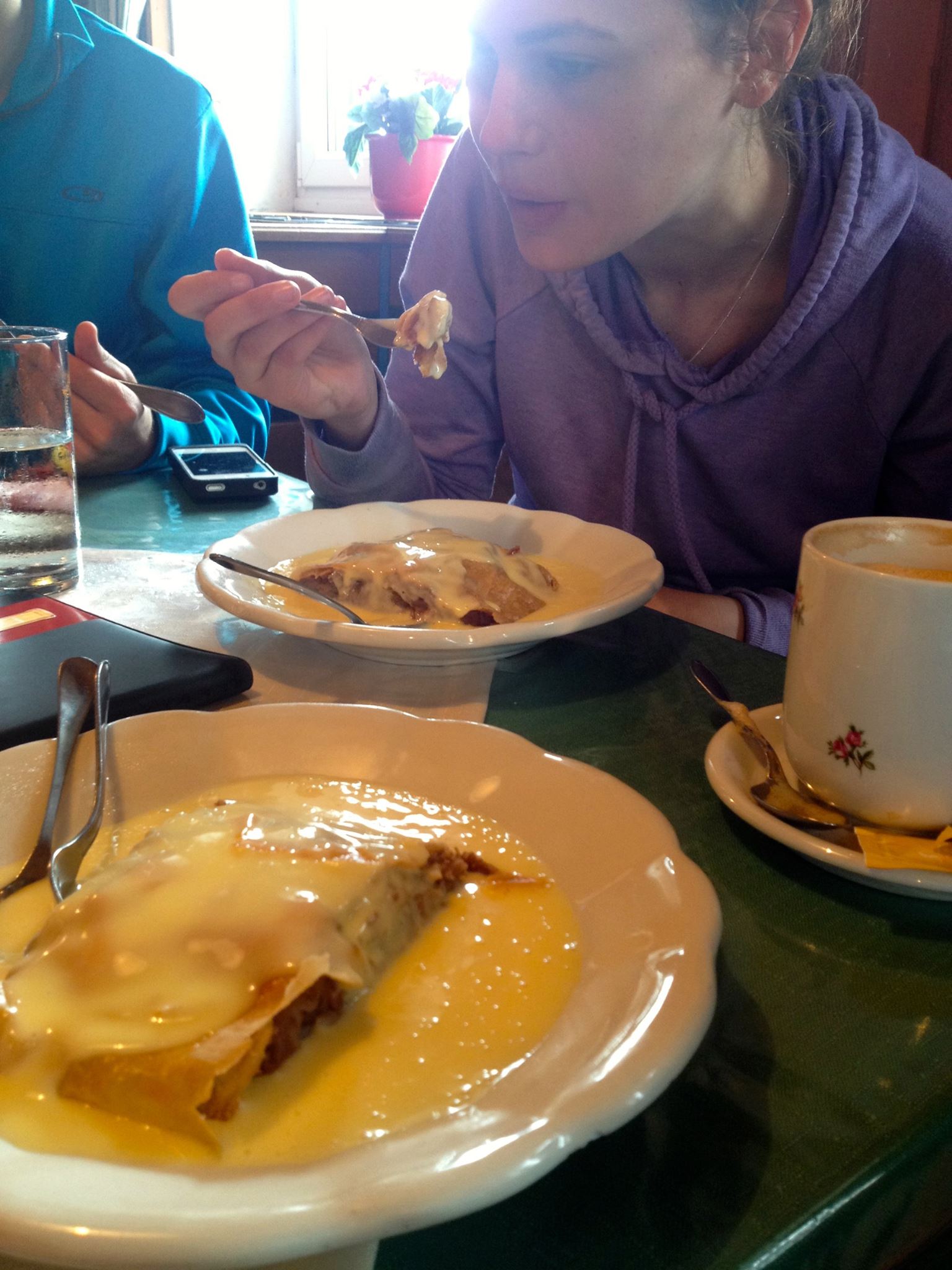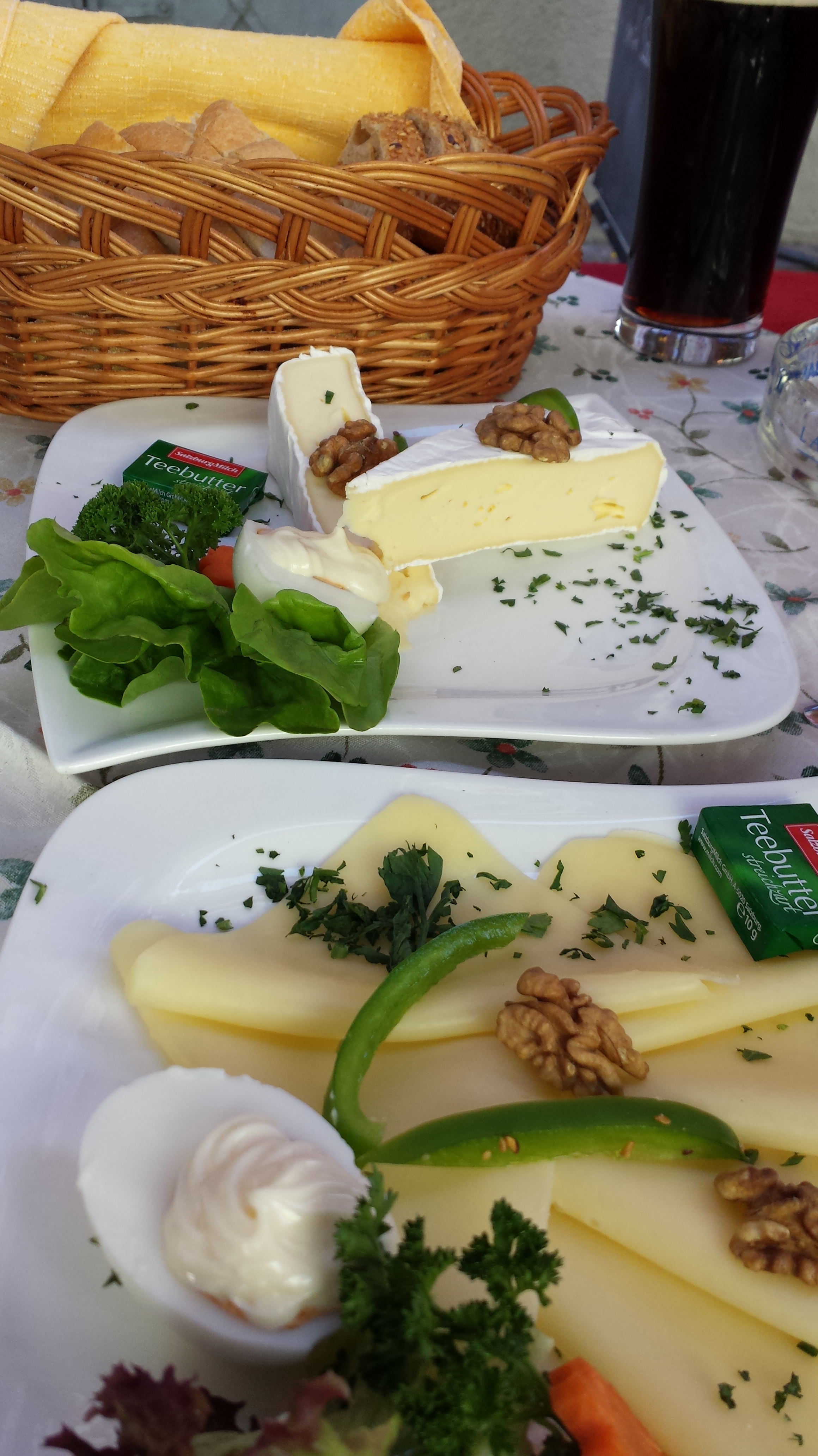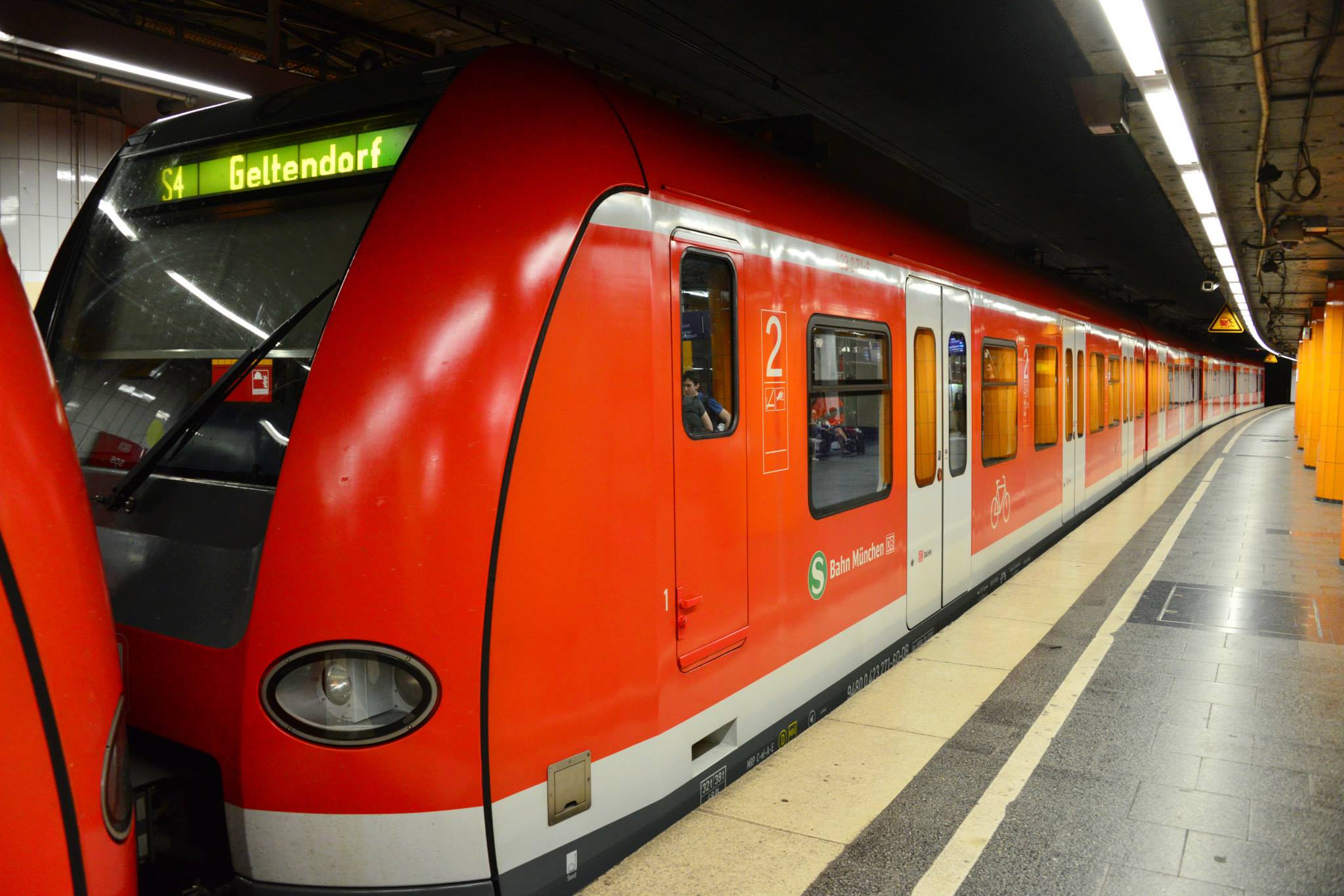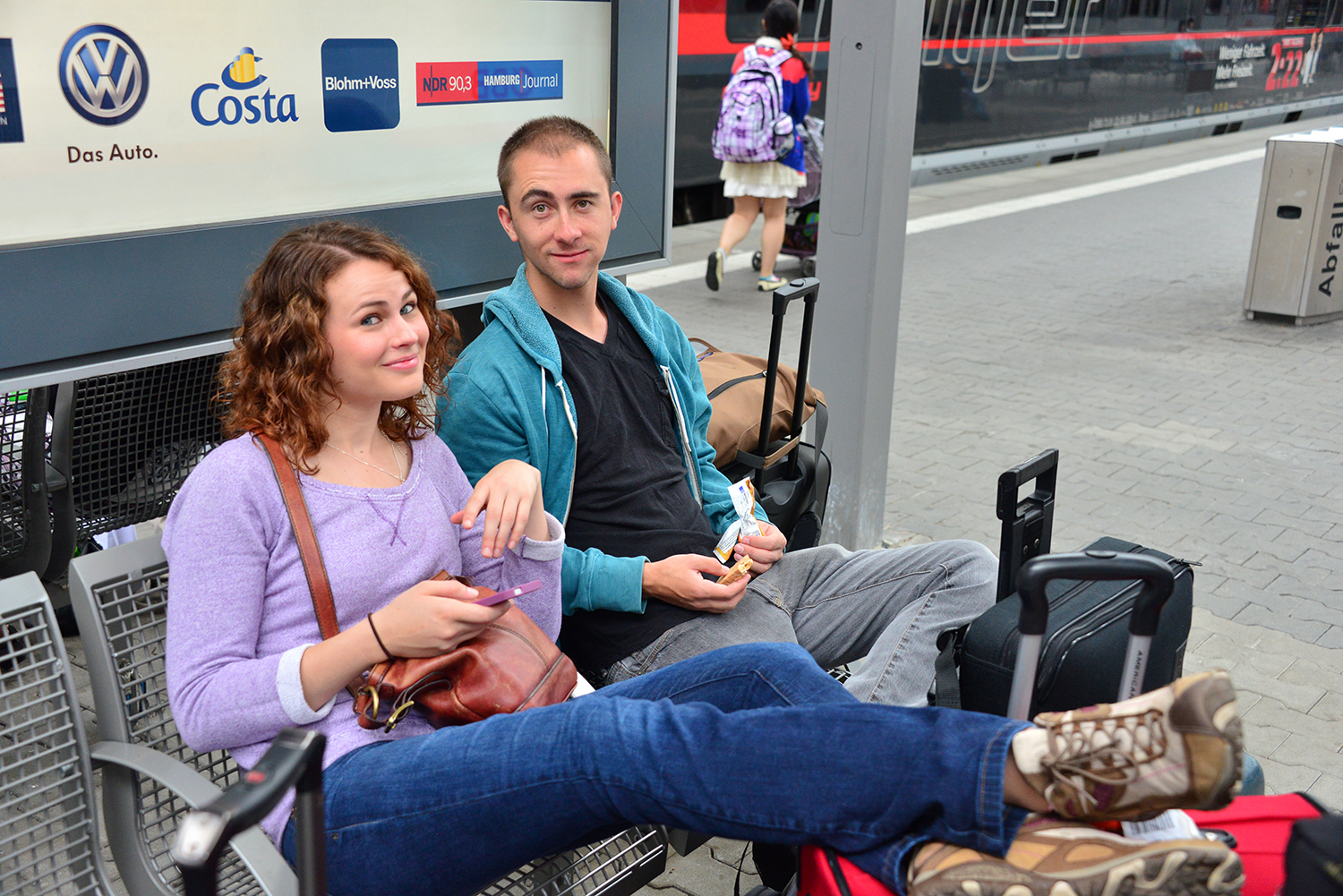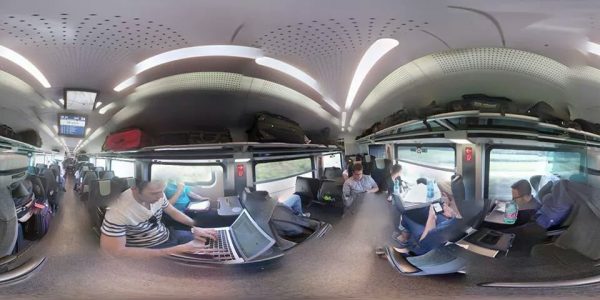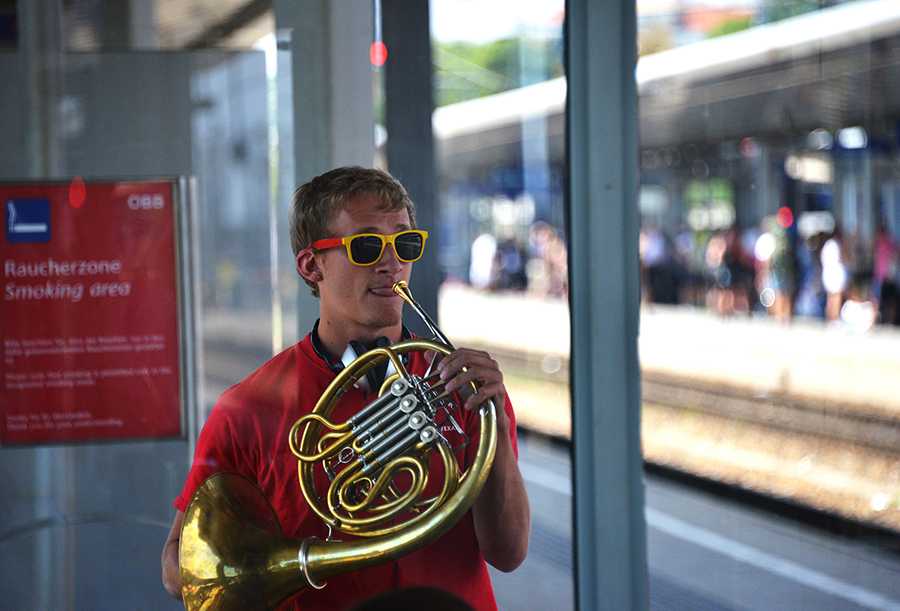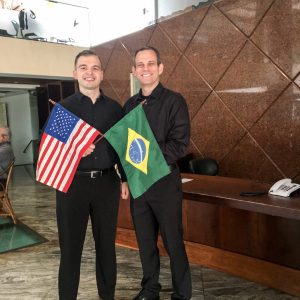 Well, this trip unexpectedly turned into quite the adventure! Clarinet Professor Wesley Ferreira and I left Colorado on Sunday, June 25, to head to Natal, Brazil for the 2017 International Horn Symposium, held at the Federal University of Rio Grande do Norte (UFRN). This is the largest single French horn event in the entire world each year, and receiving an invite to perform at it is highly competitive. I have been lucky, though, because I work with such terrific musicians and colleagues!
Well, this trip unexpectedly turned into quite the adventure! Clarinet Professor Wesley Ferreira and I left Colorado on Sunday, June 25, to head to Natal, Brazil for the 2017 International Horn Symposium, held at the Federal University of Rio Grande do Norte (UFRN). This is the largest single French horn event in the entire world each year, and receiving an invite to perform at it is highly competitive. I have been lucky, though, because I work with such terrific musicians and colleagues!
Wesley and I discussed the possibility of going to the symposium back in the fall of 2016 with an idea for a new piece for horn, clarinet, and piano. We brought the request to our composer at CSU, Jim David, who was very excited and set to work on it right away. The result is what Wesley and I believe will be a fabulous addition to the repertoire, Batuque. The two-movement piece is based on traditional Brazilian folk music, with the 1st movement being lyrical in nature and the 2nd movement being highly rhythmic and percussive.
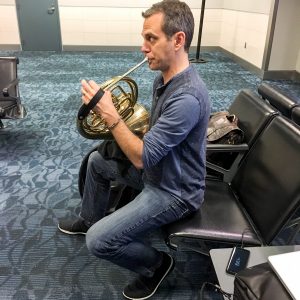 Our flight from Denver to Atlanta went well, as did our flight from Atlanta to Sao Paolo. However, once we got to Sao Paolo things started to go a bit awry. We ended up missing our last flight to Natal and were delayed by an extra 12 hours! This turned our 24 hour travel day into a 36 hour travel day, and needless to say, we were both fairly tired when we finally got to our hotel at 1:30 in the morning on Tuesday.
Our flight from Denver to Atlanta went well, as did our flight from Atlanta to Sao Paolo. However, once we got to Sao Paolo things started to go a bit awry. We ended up missing our last flight to Natal and were delayed by an extra 12 hours! This turned our 24 hour travel day into a 36 hour travel day, and needless to say, we were both fairly tired when we finally got to our hotel at 1:30 in the morning on Tuesday.
With as long as that day was, the five hours of sleep that we were able to get seemed to fly by as we had to get up early on Tuesday in order to rehearse with our accompanist for our performance. But, no matter how tired we were, being in an exotic location, as well as having the opportunity to premiere a really terrific piece, gave us all the energy we needed. That, combined with some really strong Brazilian coffee!
Our performance was on Thursday at noon and it couldn’t have gone better! The hall was packed and the audience was incredibly receptive and genuinely excited after hearing Jim’s wonderful piece! We had numerous people come up to us afterwards, asking how they could to get a copy of Batuque. So, Jim, you may be having to answer a lot of emails from excited horn players!
Another thing that I would like to mention about this symposium, as well as almost all of the others I have been to over the course of my career, is just how thoroughly excited and inspired I usually find myself immediately after the event is over. And this symposium did not disappoint! Any time you get to hear some of the truly elite players in the horn world is a wonderful thing. One concert in particular stood out to us. The Wednesday evening concert featured such horn luminaries as Jeff Nelsen, Frank Lloyd, Abel Pereira, Kristina Mascher-Turner, and Marie-Louise Neunecker. This one program included both Richard Strauss horn concerti as well as Schumann’s Konzertstück for Four Horns and Orchestra. The world-class horn playing left Wesley and me speechless! Any of you horn players out there know just how massive this program was, and after all that wonderful horn playing, the orchestra closed the concert with Tchaikovsky’s 1812 Overture! I can’t wait to get home and practice my own horn!
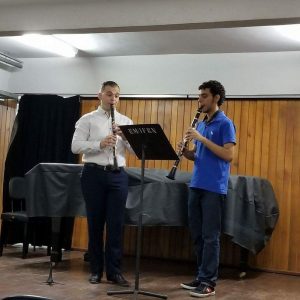 Lastly, I would be remiss if I did not make special mention of my colleague Wesley Ferreira. Not only was this a thoroughly enjoyable artistic experience with him, but it is refreshing to see all of his hard work and dedication to his craft pay off, especially in a foreign land. When the faculty at UFRN heard that he was going to be in Natal, they immediately contacted him and asked him to do a master class at the University. Word on the street here is that he is quite well-known in Brazil…even though he has never been here! His master class was both engaging and entertaining, and the students clearly learned a lot from him. What clarinet player goes to a horn symposium and steals the show?! I’ll tell you who – my colleague, Wes Ferreira!
Lastly, I would be remiss if I did not make special mention of my colleague Wesley Ferreira. Not only was this a thoroughly enjoyable artistic experience with him, but it is refreshing to see all of his hard work and dedication to his craft pay off, especially in a foreign land. When the faculty at UFRN heard that he was going to be in Natal, they immediately contacted him and asked him to do a master class at the University. Word on the street here is that he is quite well-known in Brazil…even though he has never been here! His master class was both engaging and entertaining, and the students clearly learned a lot from him. What clarinet player goes to a horn symposium and steals the show?! I’ll tell you who – my colleague, Wes Ferreira!
Next year’s International Horn Symposium will be held at Ball State University In Muncie, Indiana. It will be the 50th annual IHS. Maybe I will see you there!
~ Written by Dr. John McGuire, CSU Horn Professor


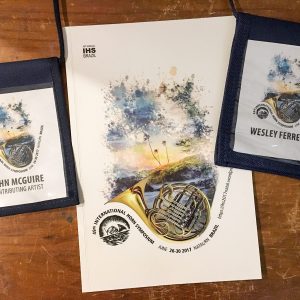
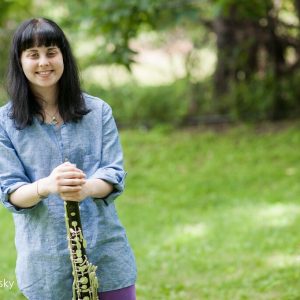
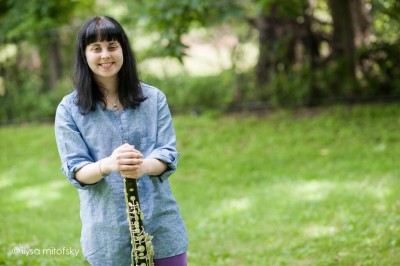
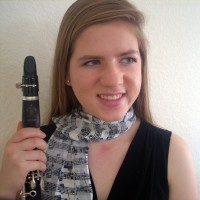
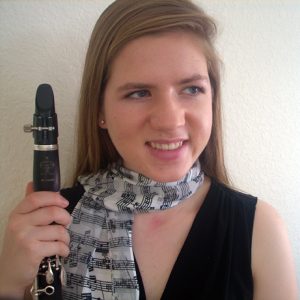 ~ contributed by Emily Kerski, Music Performance, ’16
~ contributed by Emily Kerski, Music Performance, ’16